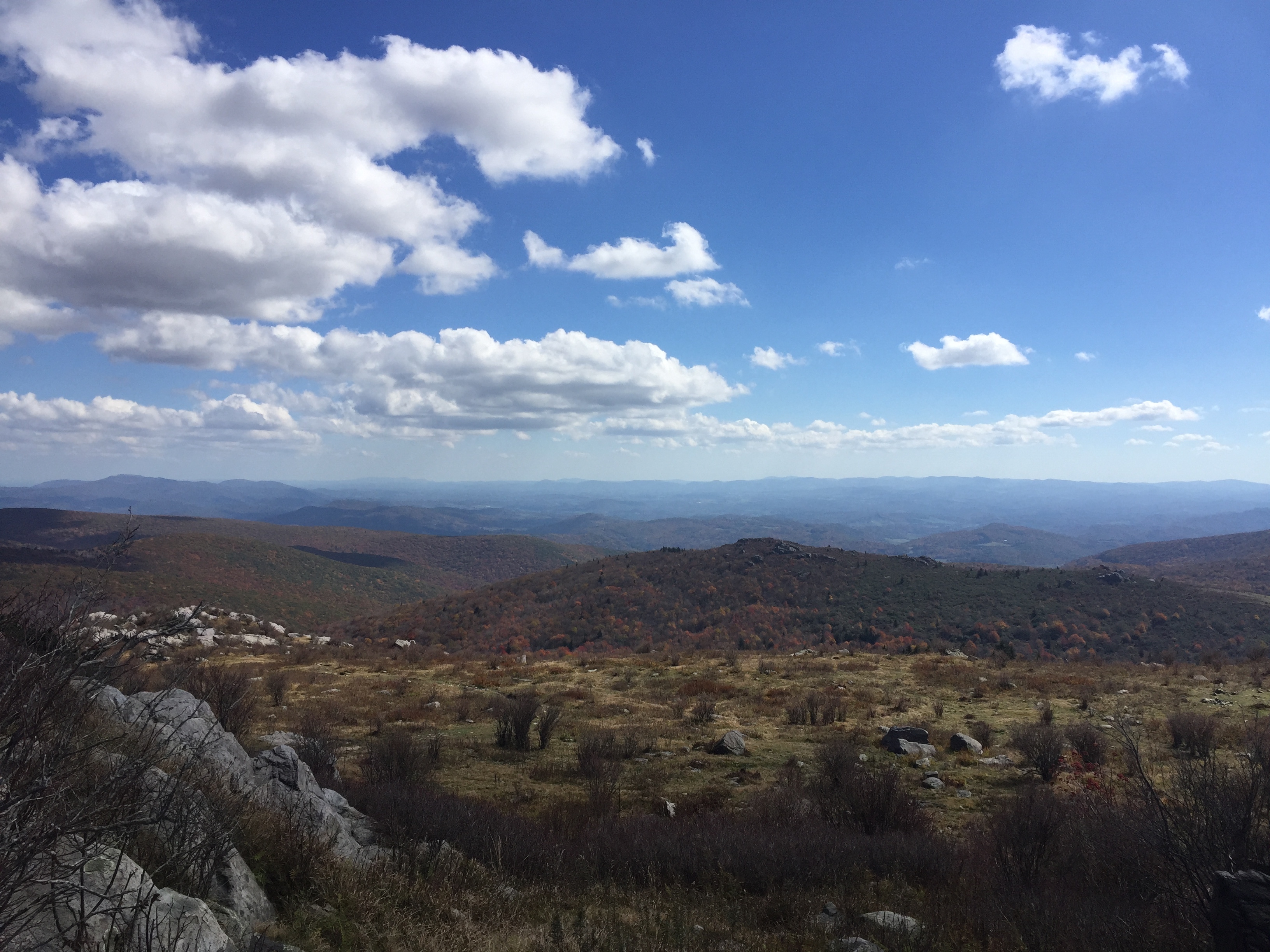It has been a wonderful autumn and nature showed her pageantry as always with the leaves giving us everything they have as they prepared to fall. I think it is almost as if they are wanting to make sure we will miss them through the cold days ahead.
The mountains as well as the locals are making their final preparations for winter. There are many tasks, small and mundane perhaps but necessary as the weather changes. Some of these have gone on for hundreds of years and most of which remain unchanged today. And so I thought I would share some of what I’ve done and seen here lately.
Most homes and houses have added large stacks of firewood to their yards replacing the garden or flowers that were in full bloom not long ago. It is interesting to watch them appear though you know it took a good bit of hard work and sweat to saw the logs and split them. Then you stack the wood to allow it to dry and then keep it covered. The best wood is last year’s wood that has been allowed to dry completely and “cure” as they say, so it will burn fast and hot in the fireplace or wood stove. Some homes rely completely on wood to keep them warm in the winter while others have a wood stove or fireplace to supplement their heat. Nothing smells as good as wood smoke coming from a chimney when the first cold weather comes. It feels “like home” for lack of a better way to describe it.
I remember when I was younger, the first cold days would come and you would see people taping plastic over their windows trying to keep the heat in and the cold out. You still see this occasionally in older mountain homes. Long years ago, families would try and keep their log cabins warm by adding another layer of newspaper to their walls and ceilings.
The corn has all been harvested and put away to feed the cows and horses through the winter. Fields have been mowed and hay baled—then stacked and covered as well to feed live stock now that the pastures have seen their first killing frosts. I’ve been watching the effort to provide for these herds since the early planting of the fields in the spring through the harvest and bailing in the summer. While the instrumentation and the equipment have greatly improved over the years—farming in Appalachia and rhythm of the seasons have remained the same.
It is time to put up and away as much food for the winter as possible too. Hog killing season is here—a tradition that many still observe. Long ago hog killings happened at Thanksgiving because it was cold enough to keep the meat from spoiling when you hung it to cure in the barns and sheds. Sausage would be made, and salt cured country ham would be wrapped with burlap and stored to eat during the winter.
Apples would be wrapped in newspaper and kept in the attic space or somewhere cool to keep them through the winter. The garden vegetables and other fruits that were harvested in the summer have been canned and stored to provide for the family as well. All the effort to plant and keep weeds at bay are rewarded by the sight of jars on the pantry shelves.
It is also hunting season. The deer are very plentiful and another mountain fall tradition is to walk deep into the woods in the mountains and wait patiently and very quietly and hope you see one of those beautiful creatures come in to view. Hunting for food to add to your winter stores goes back for millennia of course. But to watch a group of hunters crawling under a fence as they come of the woods with their deer carcass is quite a sight to see. Field dressing the animal that you are lucky enough to kill is an art in itself. A skill handed down from father to son for generations. Though women have long hunted for food as well. I hiked the mountains last week and the first hunter I saw was a lone young woman who was coming out of the woods in her camo dragging her blind behind and carrying her rifle. The things you get to see living here!
Yes, winter is coming. The mountains and those who live here are preparing and repeating traditions and history. The days are getting shorter, the first snow flurries have blown and soon we will all “tuck in” with our stores and provisions. As Appalachia folk have always done.
[envira-gallery id=”918″]

Leave a Reply